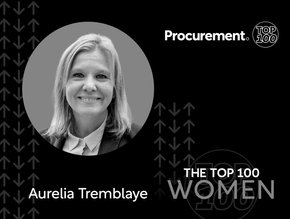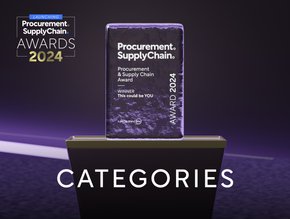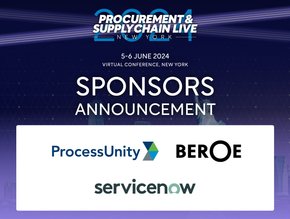Procurement's role in Fleet-as-a-Service amid EV transition

Accelerated by the EV transition, digital transformation is opening up doors for fleet managers to gain more control over the outcomes of their operations. For many organisations, the ‘fleet’ refers to the company carpool affiliated with the business or logistics assets, which transport goods nationally and internationally, holding inherent risks as a result.
The key here is for fleet operators to become more proactive in their approach to managing their fleet, which means gaining visibility of their supply chains through data and insights to minimise reactive behaviour resulting from easily foreseen disruptions.
This is where digital transformation comes in. It allows businesses to obtain and share data about their fleets, ensuring that trucks remain on the road and the risks are minimised across the entire organisation. On top of this are the sustainability and cost benefits, which can be seen by preemptively planning strategic routes to minimise emissions and fuel consumption.
It is, however, a different story for those organisations that have adopted EVs or are looking to make the shift to more sustainable forms of transport to minimise their Scope emissions. Organisations tout the benefits of EVs from an emissions standpoint, but in the era of range anxiety, how can companies map out a non-disruptive transition to EVs—a realm of transport that many of them are yet to delve into?
EVs hold the key to unlocking more insights into the supply chain but are somewhat hindered by a few factors, including range, cost, and knowledge, which many businesses are yet to navigate to their fullest potential.
To assist fleet managers in this, we’re turning to the experts.
From leading procurement and supply chain consulting firm Proxima, EV Magazine spoke to Neil Jordan (NJ), Vice President Logistics and Supply Chain for Proxima, who explains why fleet-as-a-service (FaaS) is so critical to logistics managers. He also tells us more about what FaaS actually means and how electrification becomes a catalyst for more exploration of these digital solutions.
Why is FaaS so important?
NJ: Fleet-as-a-service plays an important role in the decarbonising efforts of many companies, especially as some turn towards electric and alternative fuel sources. Once finalised, the efforts put towards improving FaaS will improve business performance, agility, and mobility.
However, the benefits of fleet-as-a-service are contingent upon other factors, such as hybrid working models and infrastructure being implemented within the UK. In a post-pandemic world, some organisations have transitioned to fully-remote operations, removing the necessity for fleet-as-a-service.
On the other hand, fleet-as-a-service gives businesses the luxury of accessing vehicles when required without committing to ownership, changing the nature of commercial vehicle offerings.
Is fleet-as-a-service a new idea brought about by electrification?
NJ: Fleet-as-a-service is not a new idea, by any means—frankly speaking, utilising a hire car service is essentially the same thing. So, although the concept isn’t new, electrification brings new perspectives to the service.
As EVs make their way into this space, new avenues within fleet-as-a-service must be explored, like implementing the correct infrastructure needed to successfully run an electric fleet. If a fleet becomes completely electric, issues of charging proximity vs distances travelled become an issue. The theory of an electric fleet is sound, but the infrastructure needed is lacking.
At the end of the day, EVs are expensive and government contributions towards them are beginning to dry up. The added expense of developing the infrastructure makes it more challenging to implement; it’s a larger issue that must be addressed at a governmental and local authority level, as well as a business level.
Are companies already adopting fleet-as-a-service?
NJ: Fleet services can include hiring vehicles from a hire company when demand increases. Alternatively, some companies, if large enough, have their own vehicles to utilise (Pool vehicles), reducing the need to outsource from other organisations.
The shift towards electric fleets and alternatively-fuelled fleets is most definitely catching on, but it all comes back to the issue of country infrastructure to support EVs and making sure that your offerings are adequately supported by the necessary charging points and user-friendly monitoring required, such as keeping an eye on battery levels and ensuring that off-site locations have charging points.
What does the fleet of the future look like?
NJ: Only time will tell what the future of the fleet looks like. The key lies in investing in the infrastructure now. The critical support that this service requires will determine the pace at which it is rolled out and the rate at which companies adopt it.
For the time being, it could be a hybrid model, one that provides the carbon-cutting benefits of EVs but doesn’t require the immediate investment in infrastructure. In essence, the fleet of the future cannot be fully electric until the time investment and energy is put towards the infrastructure needed to achieve this goal.
- Electric motorcycles set for UAE distribution: Blitz Motors’Procurement Strategy
- Tesla procurement to ride the wave of electrified EV salesProcurement Strategy
- Benchmarking Sustainability with NorwaySustainable Sourcing
- Biden behind the wheel: the race to electric carsSustainable Sourcing





